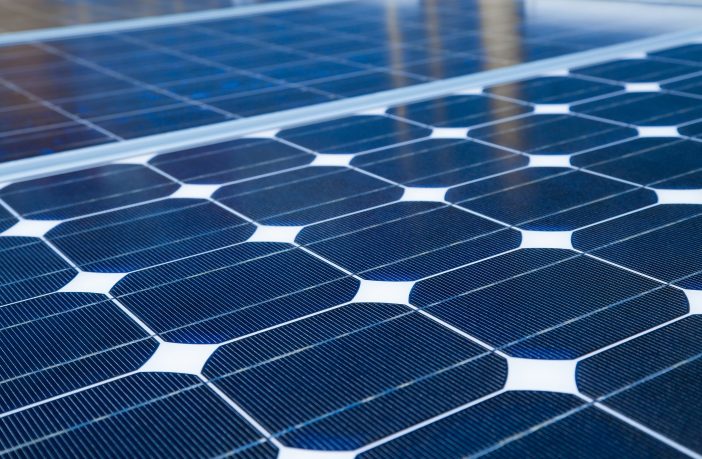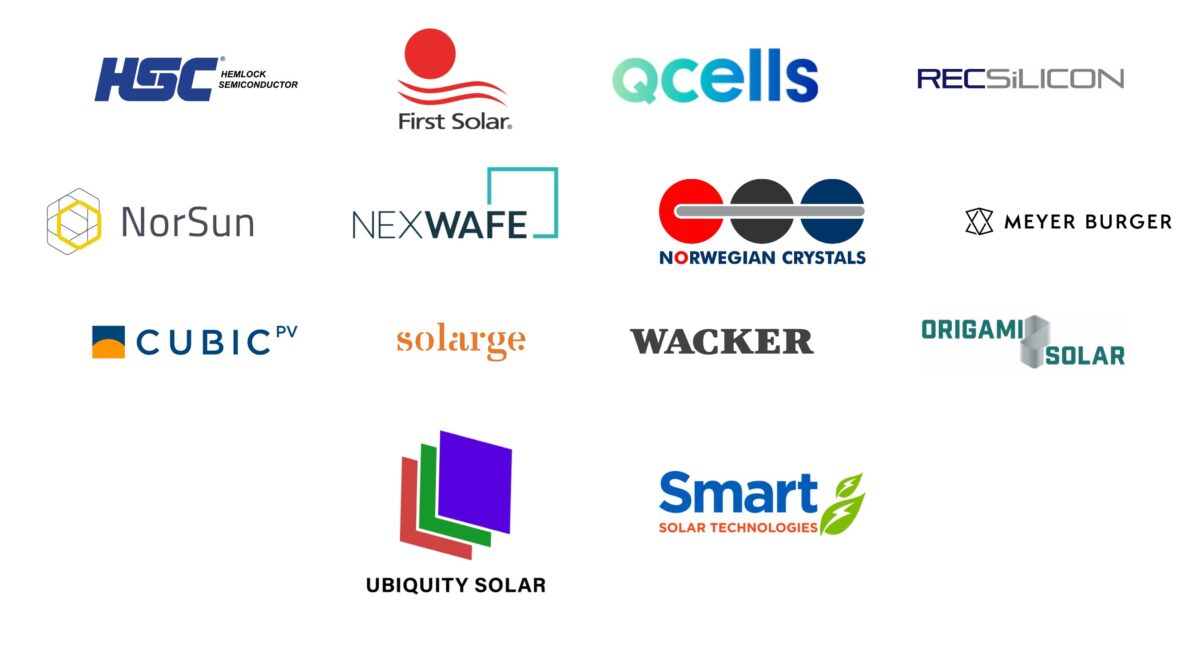The Global Electronics Council (GEC) has unveiled the ‘Criteria for the Assessment of Ultra-Low Carbon Modules.’ This set of criteria aims to ‘establish a framework, standardized methodology, and performance objectives to incentivize manufacturers and suppliers to design and manufacture low embodied carbon photovoltaic (PV) modules.’
The GEC developed two levels of emissions standards: low carbon and ultra-low carbon (ULCS). To meet the low carbon standard, a solar module, including its frame, must have an embodied carbon footprint equal to or less than 630 kg CO2e/kWp. To meet the ULCS standard, a module’s footprint must be at or below 400 kg CO2e/kWp.
In their analysis, GEC created charts estimating the carbon intensity of power grids in various countries involved in solar panel production. They then calculated a “Global Warming Potential” (GWP) coefficient for each solar panel subcomponent.

By adding up the GWP values for all subcomponents, they calculate the total CO2 emissions during solar panel and subcomponent construction. Finally, they divide the total emissions by the wattage of the solar panel (kWp) to determine whether it meets the 630 & 400 kg CO2e/kWp thresholds for certification.
To confirm the inputs for each solar panel and obtain certification from the GEC, independent third-party inspectors must verify the inputs. Much of the GEC’s documentation covers the third-party verification process.
The developer Lightsource BP commented on the standard, stating, “Reducing the embodied carbon in solar farm equipment can bring the emissions payback period for solar assets from 1-3 years, depending on local energy mix, to under 1 year in many locations, accelerating the positive impact that solar energy development has on climate change.”
Stakeholder organizations involved in this initiative include First Solar, Hanwha Q Cells, Hemlock Semiconductor, NREL, NorSun, REC Solar Norway Fraunhofer, Meyer Burger, and Wacker Chemie.
JinkoSolar recently announced a ‘zero carbon’ 56 GW manufacturing campus for most solar module components – polysilicon through module assembly. Polysilicon manufacturer Norsun purchases all of their electricity from hydropower sources.
Author: John Fitzgerald Weaver
This article was originally published in pv magazine and is republished with permission.
















